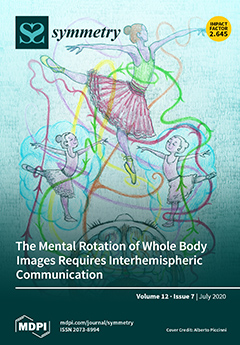The Posterior Superior Alveolar Artery (PSAA) provides vascular support to molars, gingiva, and maxillary sinus. A tear of the PSAA may cause profuse hemorrhages which may lead to complications at a surgical level. As such, it becomes crucial to anatomically analyse several features
[...] Read more.
The Posterior Superior Alveolar Artery (PSAA) provides vascular support to molars, gingiva, and maxillary sinus. A tear of the PSAA may cause profuse hemorrhages which may lead to complications at a surgical level. As such, it becomes crucial to anatomically analyse several features regarding the PSAA as well as the area surrounding it. In this paper, we are particularly interested in the study of the complexity of the periodontal tissue structure which appears close to the location of the PSAA. A total amount of 400 cone beam computed tomography (CBCT) scans (two per subject) were performed to explore the presence of the PSAA, the thickness of the Schneider’s membrane, and the existence of septa. Several parameters were evaluated including the location of the artery in the maxillary sinus, the distance from the PSAA to the alveolar ridge, the thickness of the membrane, the diameter of the cavities produced by the septa, and the fractal dimension of the trabecular tissue that surrounds the PSAA. They were found strong linear relationships between Distal and Central Measures (a Pearson’s
), Mesial and Central Measures (
), and Distal and Mesial Measure (
). We hypothesised that the loss of dental pieces would imply a distinct complexity of the trabecular tissue structure surrounding the PSAA. In this way, a p-value equal to
was provided by the Mann-Whitney test, which supports our hypothesis. Furthermore, the mean of the fractal dimensions of the group of edentulous patients (equal to
) was found to be lower than the one of the group of non-edentulous patients (equal to
) with small standard deviations in both cases. Our study suggests that accurate calculations of the fractal dimension combined with the use of CBCT do provide valuable information regarding the area that surrounds the PSAA.
Full article





